Shenyi (Chinese: 深衣 ; pinyin: shēn yī) is a type of ancient Chinese clothing that has been around since the Shang dynasty.
Shenyi was often worn by Confucian writers and scholars on daily.
Shenyi is a top and bottom garment that connects into a piece of cloth to cover the body. Shenyi has a cross collar or jiaoling youren.
Shenyi is often considered a representative of the Han dynasty culture.
Origin
Shenyi is a style of clothing with the top and bottom cut and sewn together.
According to the “Book of Rites, Yuzao”, shenyi was recorded as the home attire of ancient princes, doctors, and scholars, and was also the clothing of commoners.
Shenyi, as one of the fashion styles, has had a far-reaching and lasting impact on traditional Chinese society.
Early development history
Shenyi first appeared at least since the Shang dynasty.
However, in the Shang and Zhou dynasties, people wore a set of clothing called yichang, which consisted of a top called yi and a long skirt called chang.
For convenience, the yi and chang are sewn together to form the robe. This combination then resulted in shenyi which was further developed in the Zhou dynasty.
Shenyi eventually became the dominant form of hanfu robes from the Zhou dynasty to the Han dynasty which remains popular.
From the Spring and Autumn period to the Han dynasty, loose shenyi with wide sleeves became fashionable among members of the royal family, nobles, and the elite.
Zhou dynasty
The Western Zhou Dynasty had strict rules and regulations that governed the daily attire of its citizens based on their social status.
This regulation also regulates the material, shape, size, color, and decorative pattern of their clothing.
Shenyi was also shaped by the Zhou dynasty’s hierarchical system based on social class, gender, age, and situation.
Yet, despite these complex regulations, shenyi was still the basic form of clothing that catered to the needs of all classes, from nobles to commoners, old to young, and male to female.
Nobles would wear coats with shenyi, while commoners would wear only shenyi.
Qin dynasty
In the Qin dynasty, Qin Shi Huang abolished the mianfu system from the Zhou dynasty and adopted the shenyi system which stipulates that officials of the third rank and above are required to wear shenyi made of green silk while commoners must wear shenyi which is white.
This system adopted by Qin Shi Huang laid the foundations of the hanfu system in the later dynasties.
Han dynasty
Shenyi is also used in the Western Han dynasty. Shenyi was worn together with the guan (hat/cap/crown) and shoes as a form of formal dress in the Han dynasty.
Later development history
Song Dynasty
In the Song dynasty, Neo-Confucian philosophy determined the ethical code of scholars who later had a great influence on people’s lives.
Some Song dynasty scholars, such as Sima Guang and Zhu Xi, made their versions of the scholar’s outfit based on Liji.
However, the shenyi worn as scholar clothing was unpopular in the Song dynasty and was even considered a “strange garment” even though some scholar-officials appreciated it.
Ming dynasty
In the Ming dynasty, in line with Emperor Hongwu’s efforts to replace all foreign clothing worn by the Mongols from Yuan, with the support of the Chinese elite who had supported the military campaign against the Mongols.
Ming dynasty courts thus awarded scholars numerous court commissions who later helped perpetuate the Neo-Confucianism exemplified by Zhu Xi’s Zhuzi jiali《朱子家禮》as Ming dynasty orthodoxy which led to the sudden rise in popularity of Confucian shenyi.
Accessories for shenyi
When wearing shenyi, the waist is often tied with Dadai (Chinese: 大带 ; pinyin: dà dài), tied at the front of the waist, with drooping ends on both sides, also called “Shen (绅)”, decorated with Zao-colored edges. Beyond the dadai, five colors of Sitao silk (丝绦) can be added.
Shenyi is often divided into 3 types, which are:
1. Zhiju (Chinese: 直裾 ; pinyin: zhí jū)
2. Quju (Chinese: 曲裾 ; pinyin: qū jū)
3. Lanshan (Chinese: 襴衫 ; pinyin: lán shān)

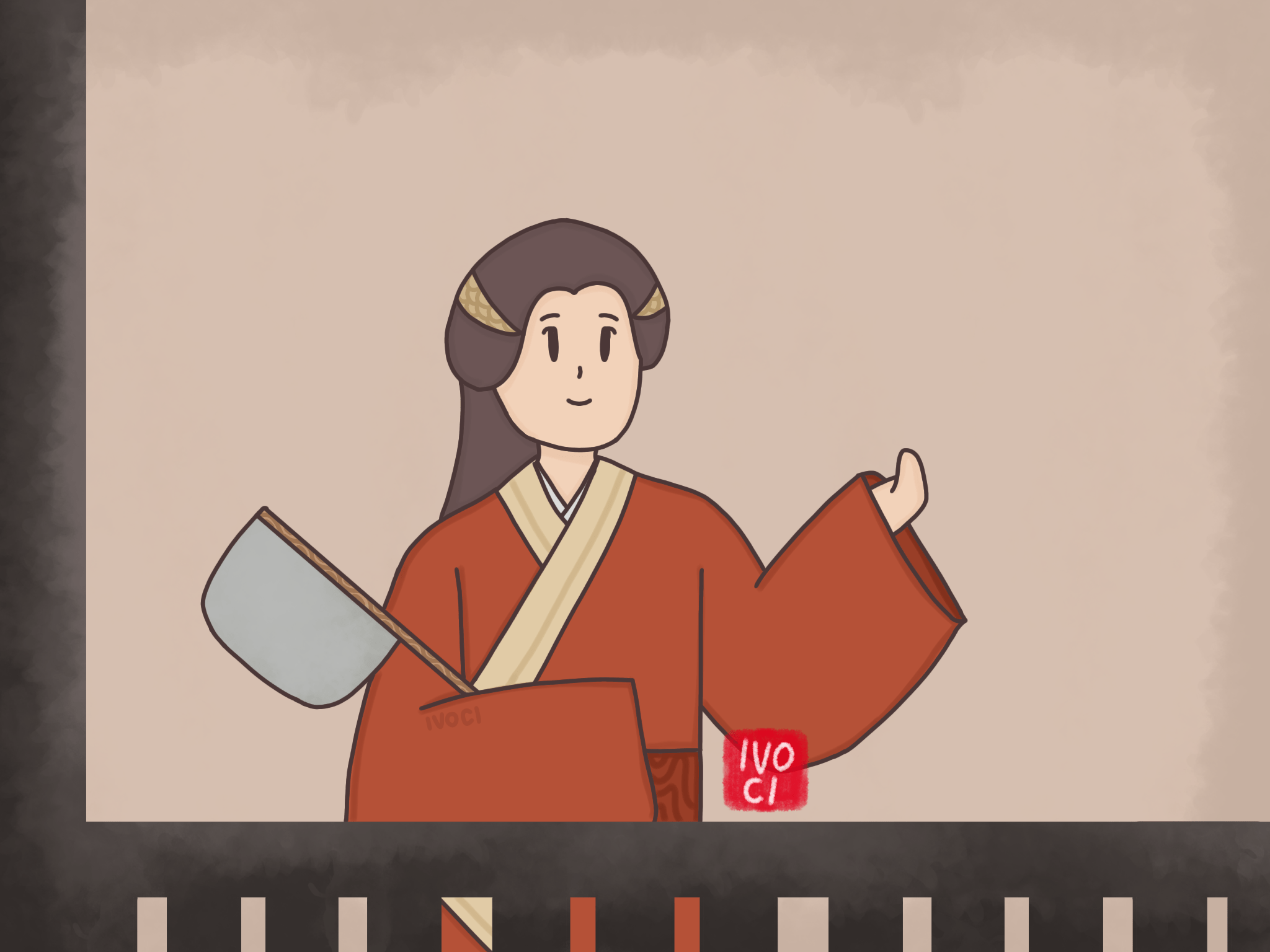
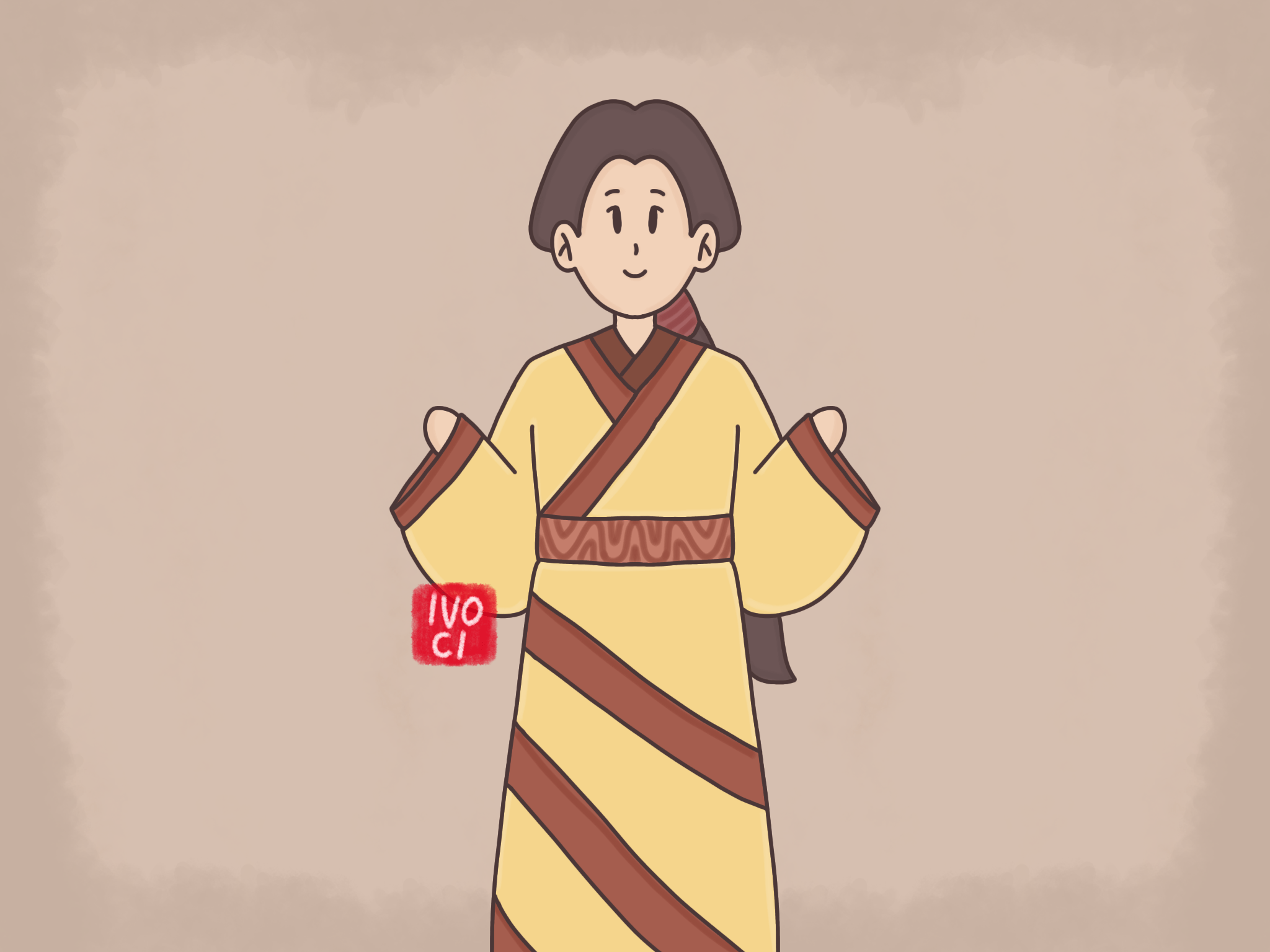
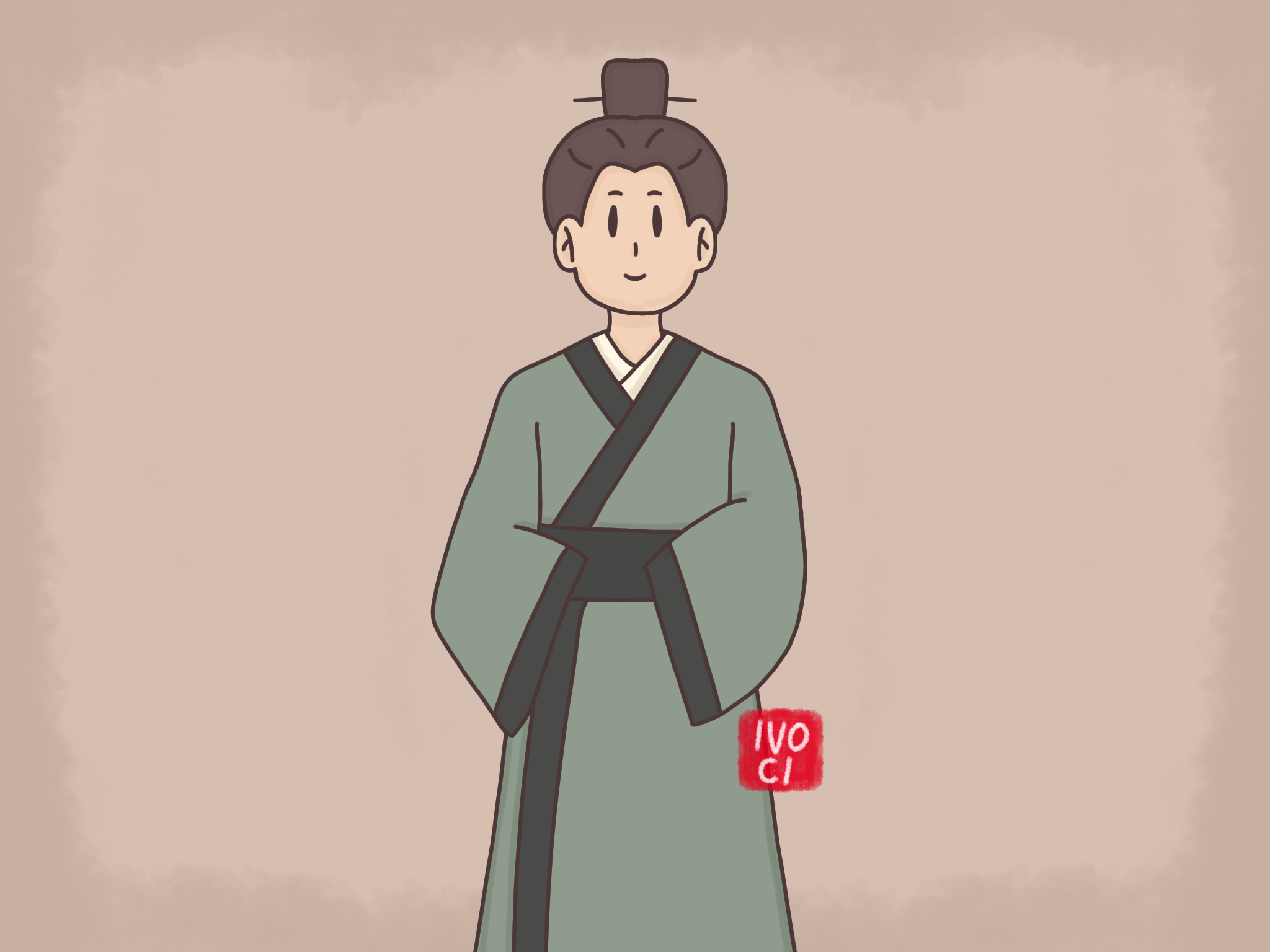
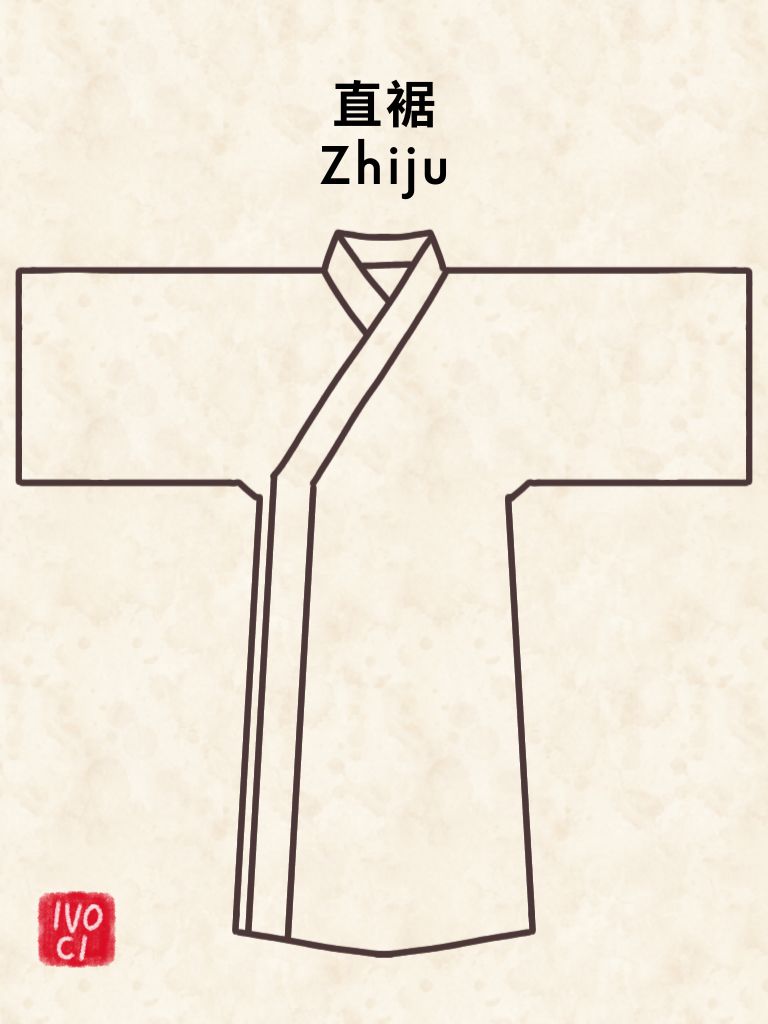
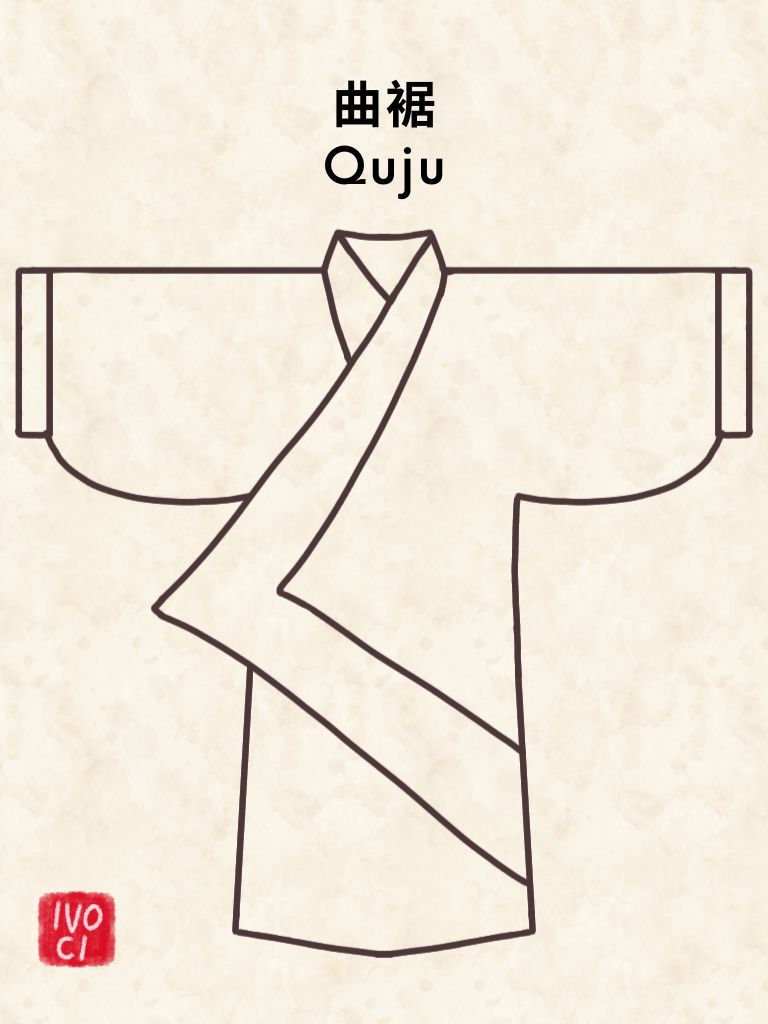
Leave a Reply